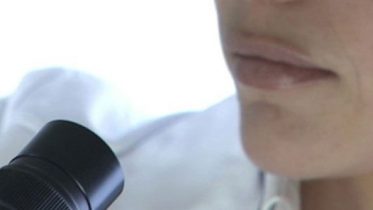Trends and challenges in patent prosecution in Colombia of pharma-related inventions for 2015
- 12 January 2015
- Articles
In the nineties, there were many countries in Latin America which did not provide an adequate Intellectual Property protection system for pharmaceutical products.
However, negotiations between governments and internal awareness in protecting new creations allowed changing anti-patent policies.
Consequently, there is currently an increasing number of pharma companies seeking patent protection for their methods and products in Latin America, and particularly in Colombia, as a promising market to commercialize their products
Pharma companies from USA, Germany, Switzerland, Sweden, Great Britain, France and Spain are the major sellers of brand medicaments in Colombia. This is reflected in the amount of patent applications filed by companies from those countries in the last years in comparison to the number of patent applications filed by national companies/laboratories.
Although internal policies have been recently developed in Colombia in order to support R&D projects for innovating, designing and branding national pharma products, the high costs of local research and production still represents a significant barrier for national laboratories.
In this way, at least for some time, it is not expected a significant increase of patent applications from national companies/laboratories in Colombia, which represents an advantage for international producers intending to commercialize their products in our country, and a challenge for the government and local centers for investigation.
Considering prosecution of patent applications, there is a need in Colombia for standardization of patentability assessment policies. To have a credible and solid patent system in Colombia, the government should make a considerable effort to rigorously define the patentability criteria and, especially, to apply them in a serious and consistent way.
It is no longer acceptable that companies that have filed applications for patent protection of pharmaceutical compounds in Colombia have had their applications denied, while corresponding patent applications in other Patent Offices, such as the US Patent Office, the Japan Patent Office, the European Patent Office, and others, have been granted.
It is important to clarify that in current Colombian patent law it is not allowed, e.g., to claim protection for uses and second uses, as well as for treatment or therapeutic methods to be applied in human or animal body.
However, excluding said subject matter which corresponds to a national practice, it is expected that the patentability requirements (novelty and inventive step) recognized by other Patent Offices are also recognized by the Colombian Patent Office. At the present, it is possible in Colombia to take advantage of the Patent Prosecution Highway (PPH) agreement between the Colombian Patent and Trademark Office (COPTO) and the United States Patent and Trademark Office (USPTO), the Spanish Patent and Trademark Office (OEPM) and the Japan Patent Office (JPO).
However, negotiations should be conducted by the Colombian PTO in order to develop agreements which allow expediting prosecution of inventions previously granted in other jurisdictions.
In addition to the above, a huge but necessary challenge for the COPTO in 2015 consists in the provision of a reliable online platform which allows conducting online all of the patent procedures.
Currently, it is only possible to conduct online payments of annuities and filing requests for patentability examination. It is expected for the end of 2015 that all users and attorney’s offices will be able to file online all type of submissions.
Finally, in relation to the recent laws which have entered into force in Colombia for biosimilars, and considering the great interest of local and foreign pharmaceutical companies to penetrate the market for investigating, producing, and commercializing said products, it is important to point out this is not expected to affect the patent protection system of brand medicaments.
A patent right holder will continue having during 20 years the exclusive right to exploit the invention, with the possibility of licensing for commercialization of its products within the patent term.
In addition, it could be considered that the patent right may be “extended” through the development of advanced related pharma products (e.g., new polymorphous forms) for which patent protection may be requested.










